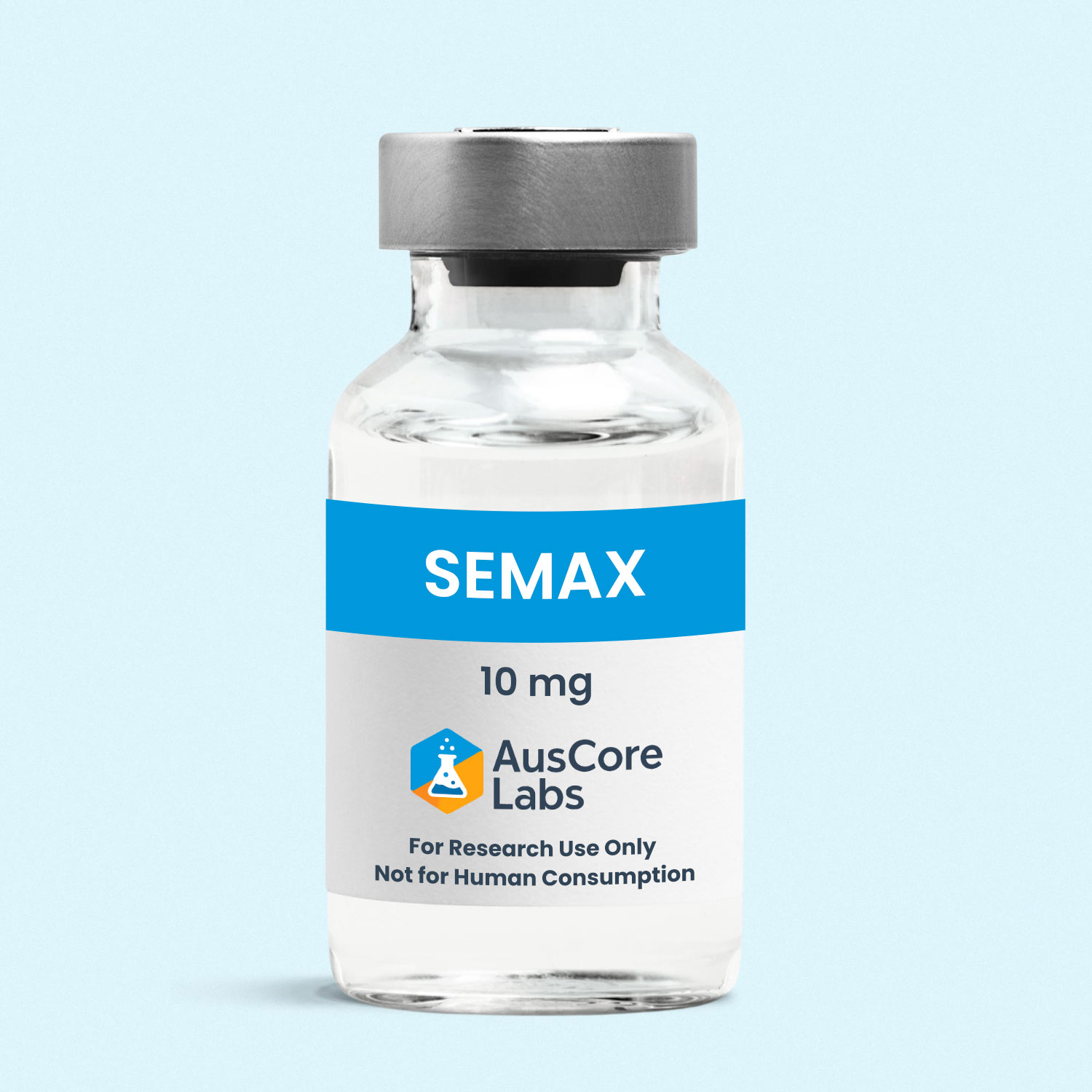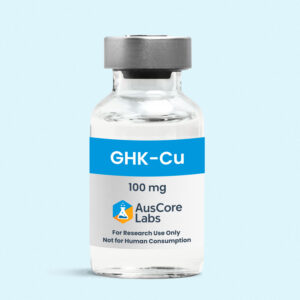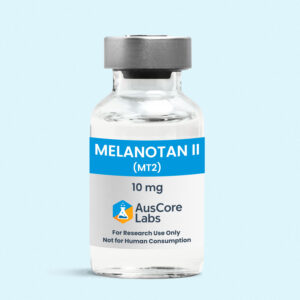Semax – 10mg
Semax – 10mg
$70.00
For Research Use Only – Not for Human Consumption
-
Quantity: 10mg per vial (or adjust as needed)
-
Purity: ≥99%
-
Form: Lyophilized powder
-
CAS Number: [Insert if available]
-
Storage: Store at -20°C for long-term stability
Semax is a synthetic peptide originally developed in Russia with nootropic, neuroprotective, and neurorestorative properties. It is derived from a short fragment of adrenocorticotropic hormone (ACTH), but it does not trigger any hormonal responses. Instead, it is believed to act primarily on the central nervous system (CNS), where it enhances cognitive performance, promotes neuroplasticity, and protects the brain from stress-induced damage.
In research environments, Semax has been studied for its ability to enhance memory, learning, mood, and mental clarity, as well as mitigate the effects of stroke, ischemia, and traumatic brain injury. It has been included in Russia’s national list of essential medicines and is used in clinical settings there for a variety of neurological disorders.
This product is sold strictly for research purposes only and is not intended for human consumption or therapeutic use.
What is Semax?
Semax is a synthetic heptapeptide (MEHFPGP) derived from ACTH(4-10), the adrenocorticotropic hormone fragment. Its development was focused on delivering neuroprotective benefits without influencing the endocrine system or raising cortisol levels.
It functions as a melanocortin receptor agonist, modulating neurotrophic factors, dopamine, serotonin, and brain-derived neurotrophic factor (BDNF). These interactions contribute to enhanced memory formation, mood stabilization, and recovery from brain injuries.
Scientific Studies & Potential Applications:
All findings mentioned are based on animal studies, cell cultures, and limited clinical trials in select countries.
1. Cognitive Enhancement & Memory Formation:
Semax is one of the most studied nootropic peptides in Russian literature. It has demonstrated the ability to enhance short-term and long-term memory, boost learning ability, and increase focus and mental performance.
• In one double-blind placebo-controlled study, Semax improved memory retention and problem-solving abilities in test subjects exposed to high mental workloads.
• Animal models show Semax increases expression of BDNF, a crucial protein involved in learning and memory.
2. Neuroprotection After Stroke or Brain Injury:
Semax has shown potential in minimizing brain damage following ischemic stroke, traumatic brain injury, and cerebral hypoxia. It reduces oxidative stress, regulates inflammatory responses, and preserves neural cell function.
• In clinical settings in Russia, Semax is used as part of stroke recovery treatment due to its ability to limit infarct size, reduce edema, and improve neurological outcomes.
• It is thought to suppress excessive glutamate release and upregulate antioxidant enzymes in injured brain tissue.
3. Mood Stabilization & Anti-Anxiety Effects:
Research in rodents and humans shows Semax can act as a mild antidepressant and anxiolytic. It modulates serotonin and dopamine levels in the hippocampus and frontal cortex, brain regions involved in mood regulation.
• A 2010 study demonstrated that Semax reduced symptoms of anxiety and fatigue in patients undergoing chronic stress.
4. Anti-Inflammatory and Immunomodulatory Action:
Semax has shown immune-regulating effects, helping to balance cytokine release and support healthy immune response, particularly in models of inflammation-induced neurodegeneration.
• Researchers have observed that Semax can reduce interleukin-6 (IL-6) and tumor necrosis factor-alpha (TNF-α) levels in animal models.
5. Pain Perception & Analgesia:
Semax may also influence pain thresholds. It has demonstrated analgesic properties by acting on the central nervous system’s modulation of pain pathways, although this is still being investigated.
Mechanism of Action:
Semax primarily acts through several overlapping mechanisms:
• Upregulation of BDNF: Enhances brain plasticity, learning, and memory.
• Modulation of monoamine levels: Regulates dopamine and serotonin for mood balance and cognitive stimulation.
• Increased antioxidant defense: Protects neurons from oxidative stress and inflammation.
• Support of mitochondrial function: Boosts cellular energy production, especially in high-stress environments.
Semax does not increase cortisol or ACTH levels, despite being derived from an ACTH fragment. This makes it suitable for neuroresearch without endocrine interference.
Reconstitution and Storage Guidelines:
• Reconstitution: Mix with 1–2 mL of bacteriostatic water to create a research solution.
• Storage (Lyophilized): Store at 2–8°C in a dry, dark place.
• Storage (Reconstituted): Keep refrigerated and use within 20–30 days.
Common Research Uses:
• Cognitive performance testing
• Stroke recovery models
• Anxiety and depression research
• Neurodegenerative disease studies
• Mitochondrial support studies
• Immune modulation models
Semax vs. Selank:
While both are synthetic neuropeptides used in nootropic research, Semax and Selank have different primary effects:
• Semax is more stimulatory, enhancing focus, productivity, and cognitive sharpness.
• Selank is more calming, reducing anxiety and improving stress tolerance.
Many researchers study both peptides in combination to evaluate their synergistic impact on cognition and mood.
Side Effects (Observed in Lab Settings):
Semax is generally well-tolerated in all documented studies. No major toxicity has been reported, and no hormonal disruption has been observed.
Mild irritation or dryness at the application site has been noted in nasal research models. At very high doses, overstimulation or slight agitation may occur, depending on individual brain chemistry.
Legal Status & Research Disclaimer:
Semax is not approved by the TGA, FDA, or any major regulatory agency for medical use. This product is intended for scientific research purposes only. Not for human or veterinary consumption. Do not use as a food additive, cosmetic, or drug.




Reviews
There are no reviews yet.